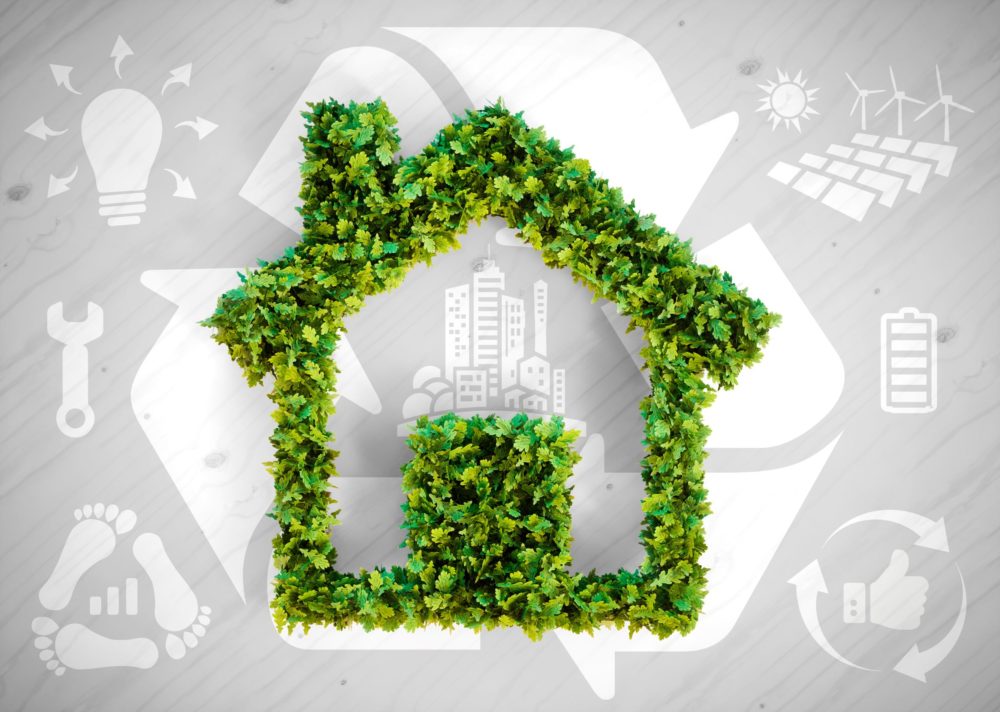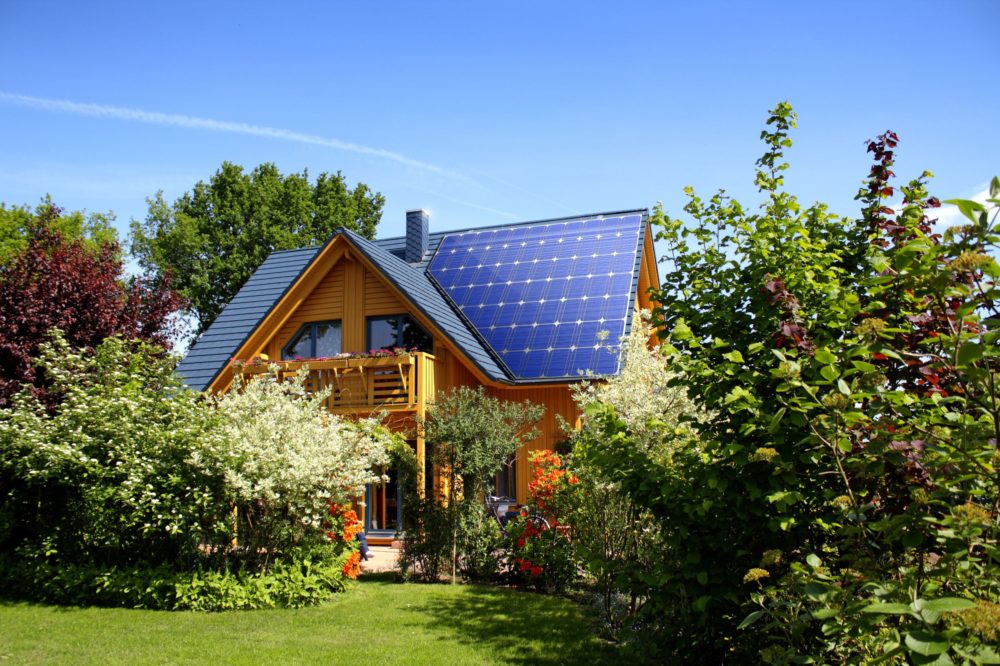
In recent years, the effects of global warming have been felt in every corner of the world. Some of these include; heat waves, droughts, changes in precipitation patterns, stronger hurricanes and forest fires.
These effects are due to mankind not taking care of the environment as they should. To sustain life
under these adverse conditions is becoming costly. To resolve the problem, people are being advised to
embrace the idea of going green by transforming their homes into an eco-friendly one. Not only will this
help to curb the global warming issue, but it will also bring down energy costs used by families to ensure
comfortable living in their homes. By going green, we are assured of environment conservation and
preservation.
To turn your home into an environment-friendly space, you do not necessarily need to have a huge budget set aside to get solar panels, wooden floors or repaint the walls using non-toxic paints; it all
starts with the small things you do but now doing them differently. Doing this will make your home
better to live in for your family and those visiting you. To start off this experience, you could start with
prioritizing wants in the house. This means no wasting time and resources on requirements that are not
necessary. Using less means more is saved for future use.

Step by Step Process to Greener and Eco-Friendly Homes
1. Saving on energy consumption
● Using low wattage light bulbs
Regular light bulbs have wattage of up to one hundred watts. When in use, they not only consume a lot of energy, but they also emit heat. To save on energy, use LED light bulbs which have low wattage. This might seem like a small move but in reality a lot of energy is saved.
● Switch off the lights when they are not in use
This should be done irrespective of the time; day or night. To automatically switch on or off the lights, micro-controllers with light sensors could be used when there is no one at home.
● Unplug any electronic appliances that are not in use
Home appliances consume as much power on standby mode as they do while they are in use.
● Have more sunshine into the house
To naturally brighten up the different rooms, you could install larger windows or add others. The windows could be fitted with celluar blackout blinds which could be sensor controlled to open or close
in effect to natural light. They would automatically open or close when there is a certain light intensity in
the space.
2. Purify the air
● Grow plants in the house
Plants are known to be natural air purifiers. Growing them in the house will mean that the air is purified
from any foul or harmful air emitted by the different household items from electrical appliances to
furniture. Forget the pricey electrical air purifiers, have potted plants and they will do all the work for
you.
● Discourage smoking inside or around your home
Cigarette smoking is known to cause air pollution and is dangerous to the passive smoker more than it is
to the active one. The toxicity of such air is dangerous to plants and humans.
3. Grow a garden
● Grow vegetables and fruits
Plant fruits and vegetables in your kitchen garden depending on the size of the space. Plants are known
to purify the air and are also effective when it comes to preventing soil erosion. Avoid using
manufactured chemical fertilizer and pesticides on the plants but instead, use natural organic materials.
● Compost waste from the kitchen
All waste that can decompose should be put together then composed in the soil. This conditions the soil
making it fertile.
● Water the plants in the garden sparingly
Develop a timetable to water the plants, say in the morning and evening so as to avoid water wastage.
4. Reuse and recycle policy
● Avoid using products that do not decompose as they would chock the soil polluting it over time.
● Reuse any household items that are environmentally friendly. An example is wooden doors,
windows and floor could be used in the new home after moving out.
● Professional should collect non-disposable items like plastic bags and glass for recycling.
5. Conserve water
● Consider harvesting rainwater
Often times, rainwater will flow away un-utilized destroying property and life. To solve this, rainwater
could be harvested using underground water tanks and small man-made dams. The water could be used
for cleaning, watering the kitchen garden and also for irrigation.
● Conserve water
Have your plumber install taps, showerheads, sprinklers, and faucets with lower flows. This helps to
regulate the amount of water usage bringing the bill down.
● Water recycling
A system could be installed to purify water used in the house, say water from the bathroom treated
then used elsewhere.
● Avoid disposing of hazardous waste in the drainage system
This would contaminate water. Have old paint cans, dead computers, and phones, used batteries welldisposed
by a professional.
6. Get new furniture.
Avoid using plastic seats or even tables. In case they are broken, they cannot be fixed and them being
made from plastic, becomes an issue with disposing them, if you’re not ready to dispose of them, look
to storage at a local storage facility. I would advise to get get wooden furniture as they can decompose,
be reclaimed and be fixed if they break.
7. Change your cleaning products
Some of the cleaning products on sale today have numerous chemicals which can harm you and the
environment. Buy cleaning products that have been approved to be eco-friendly. You could also
manufacture your own cleaning products using common ingredients that are available at home.
8. Get a programmable thermostat
Heating and cooling the house takes up a huge chunk of energy bills. To cut down on these expenses,
you could install a programmable thermostat that would automatically; using sensors determine the
temperature of the room and re-adjust itself to the perfect temperature.
9. Reclaimed Lumber
Salvaged wood from old building is manufactured into beams and planks which can be used to construct
new structures or expand on the existing ones instead of cutting trees for timber.
In conclusion, before getting land to construct your home, avoid getting one that is around an industrial
town. This area is usually polluted and the air full of chemicals. The chemicals then sip into the ground
through rains and with time, the soil also gets polluted supporting no vegetation.
10. Building materials.
When extending or renovating your property remember to purchase eco friendly and sustainable
building products. For example the envirochannel channel drainage system, which is made from 100%
recycled materials. And by buying plastic guttering and downpipes which is made with an element of
recycled materials.